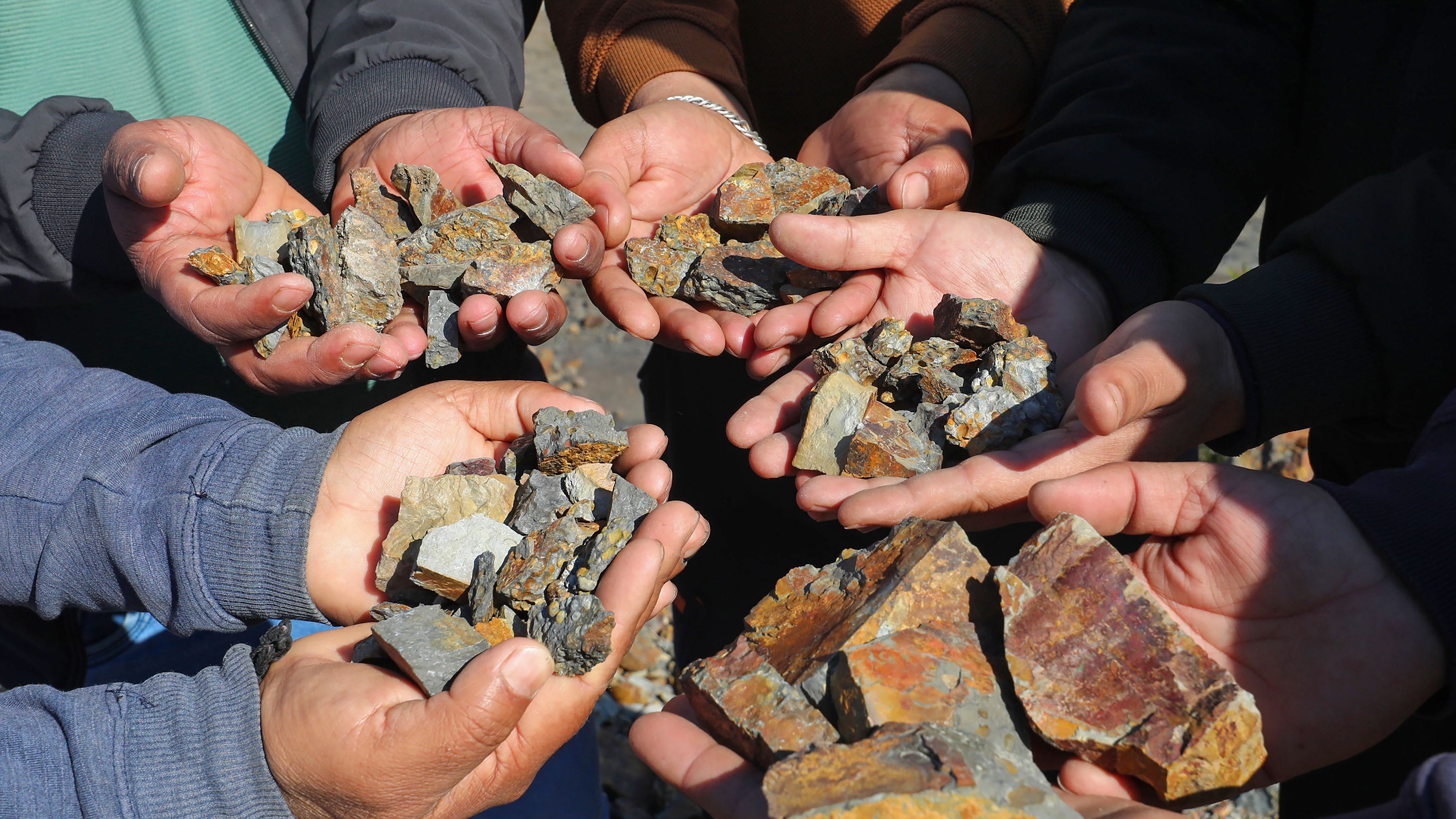
Cheers and groans greeted the February 9 announcement by the Geological Survey of India that it has discovered 5.9 million tonnes of lithium reserves at Salal-Haimana in Jammu & Kashmir (J&K)’s Reasi district during a preliminary exploration stage. the last time Reasi district was in news, 13 earthquakes were recorded in five days of August, raising fears of a major seismic event in the making. Earlier, on June 6, 2021, Reasi experienced a low-intensity earthquake of 2.5 magnitude on the Richter scale.
Lithium (from Greek lithos or stone) is a silvery-white alkali metal that is the lightest solid element and the backbone of batteries that power our phones, laptops, pacemakers, solar grids, and most importantly electric vehicles (EVs). India currently imports its lithium from Australia and Argentina, and this discovery in the foothills of the famed Mata Vaishno Devi shrine in the Himalayas — if verified through future studies and if determined as viable for economic extraction — is being viewed as a huge boost for India's ambition to expand EV penetration by 30 percent by 2030.
Experts and environmentalists are concerned about the impact of any further mining and development activities in the fragile and disaster-prone Himalayan region. The subsidence of Joshimath, the 2021 Chamoli disaster, the disastrous 2015 floods in J&K are still fresh on their minds.
Disasters are not new to the Himalayas, which were formed 40–50 million years ago when the northward moving Indian plate crashed into the Eurasian plate. Tectonics are still very active in the region — every year, the Indian plate migrates northward by about 5 millimetres, and the Himalayas are elevated by about 1 centimetre. The continuing movement has resulted in numerous faults, with sheets and slabs of deformed and sheared rocks that are weak and loosely bound.
Experts point out that lithium is geologically rare because it is unstable atomically due to its lowest binding energies per nucleon than any other stable nuclide. This is good for nuclear reactions (lithium was used as fuel in the early nuclear reactions in 1932) but hard to find it in nature. Further compounding its volatility, lithium is an alkali and will combust if allowed to come in contact with elements it reacts with, such as those found in the air. Incidentally, pure lithium needs to be stored in oil to be transported safely.
The biggest concerns expressed by many is the fact that mining companies do not follow eco-friendly practices, and this is more pronounced in India because of its lax environmental regulations. The Himalayan region between J&K is an eco-sensitive region, and mining could lead to significant loss of biodiversity. The fact that the Himalayas are source of so many rivers, any mining activity is going to pollute the entire riparian ecosystem.
For instance, most of the world’s lithium brines are concentrated in a region known as ‘The Lithium Triangle’, an intersection of Chile, Bolivia, and Argentina. This triangle is believed to contain over 75 percent of the existing known lithium reserves. The most common lithium mining technique in salt flats is through brine extraction. Although this process is lower in CO2 emissions than hard rock mining, it requires excessive land and water use. Excessive water waste in the salt flat regions of each country affects local communities, particularly when concerns about drought and clean water makes food security an issue.
Mining and processing lithium can further jeopardise food security through its excessive carbon emissions, water, and land use methods. In Chile, 500,000 gallons of water yields one tonne of lithium. In areas that already struggle with clean water availability and accessibility, lithium water-mining techniques could cause local water basins to be contaminated, and use an already scarce water supply meant for rural communities, livestock, and crops.
Finally, it is up to the people of J&K to ensure that whatever decisions the Union government take to make India ‘atmanirbhar’ (self-sufficient) as far as this critical mineral is concerned to achieve its net zero goals, it is not at the cost of the union territory’s fragile environment.
If lithium mining projects are going to be pursued, there must be fair and thorough assessments of its effects on agricultural production, especially since the sector is already susceptible to Climate Change. It is also important to ensure we extract these materials as responsibly as possible, otherwise it mitigates the very reason for building these green technologies in the first place.
Shailendra Yashwant (Twitter: @shaibaba) is a senior adviser to Climate Action Network South Asia (CANSA).
Disclaimer: The views expressed are the author's own. They do not necessarily reflect the views of DH.